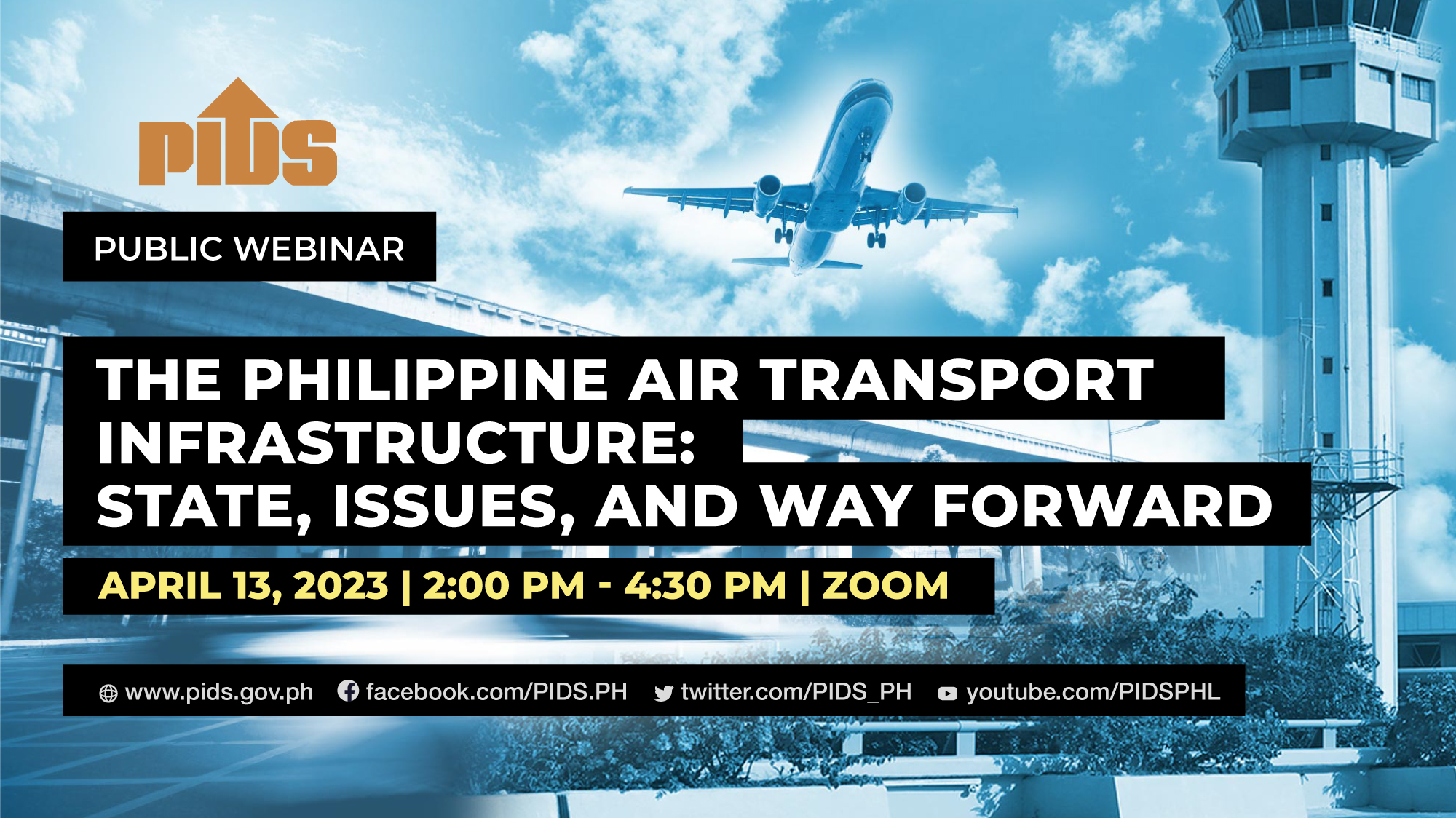As 52 schools in Iloilo province celebrate achieving a “zero non-readers” status and 59 schools boast of “zero non-numerates,” we’re reminded of the power of targeted intervention in education.
Dr. Ernesto Servillon Jr., Iloilo Schools Division Superintendent, highlights this as a notable victory amidst a larger, ongoing struggle for educational quality in the Philippines.
But these successes also cast a spotlight on an uncomfortable truth: a large portion of the nation’s schools are lagging behind, and the country continues to underspend on education.
The “Tib-ong Bumulutho” program is commendable, integrating reading and numeracy remediation with the collaboration of local government units, non-governmental organizations, and the provincial government. It’s a testament to what can be achieved with focused strategies and partnership.
Yet, this win is a small one in a battle that demands a much more substantial commitment.
The Philippine Institute for Development Studies (PIDS) has reported that the Philippines underspends on education relative to its Gross Domestic Product (GDP).
While the United Nations recommends spending at least 6% of GDP or 20% of total government expenditure on education, the Philippines, with one of the youngest populations in Southeast Asia, has not met these benchmarks.
This persistent underinvestment has ramifications that ripple across generations, with literacy and numeracy being foundational skills upon which future learning and employment prospects are built.
The modest successes in Iloilo underscore the urgent need for a national reassessment of priorities. The broader picture reveals a concerning scenario where only 9% of schools have reported such improvements – a figure that should act as a wake-up call for policymakers and the education sector.
With over 1,000 schools still struggling to elevate their students to a basic level of literacy and numeracy, the story is not just about the 111 schools in Iloilo that have shown improvement. It’s about the silent majority that remains underserved.
The progress in these few schools, while worthy of celebration, does not compensate for the national education debt we owe to our children. It is a debt of resources, of attention, and most critically, of access to quality education.
The problem is not limited to budget allocation. The effectiveness of spending, the capacity of teachers, the relevance of curriculum, and the infrastructure of learning also demand scrutiny. The Philippine educational system faces a complex challenge: to harmonize these elements and ensure that every peso spent translates into tangible learning outcomes.
With over four decades of educational reform initiatives, yet consistent underperformance in international assessments, the time has come to ask tough questions.
Are we doing enough to support our teachers with the training and resources they need? Is our curriculum responsive to the needs of a rapidly evolving job market? Are we providing an environment conducive to learning, especially in rural and underserved areas?
What Iloilo has demonstrated is that strategic, localized initiatives can yield results. But these must be scaled up and replicated nationally, with a significant increase in funding and a clear-eyed focus on improving the quality of education for all Filipino children.
The road to educational excellence is long and fraught with challenges, especially in a country as diverse as the Philippines. Yet, as the successes in Iloilo show, it is not an impossible one. But to replicate this model across over 1,000 schools requires more than just temporary initiatives; it requires systemic change and an enduring commitment from the highest levels of government down to the smallest barangay.
As we laud the gains in Iloilo, we must also look ahead with the determination to invest adequately in our most valuable resource – our youth. The challenge is not merely to improve literacy and numeracy but to lay the groundwork for a generation of Filipinos who are not only literate and numerate but also critical thinkers, problem solvers, and leaders in their fields.
We cannot afford to falter in our commitment to education. The future of the Philippines depends on it. We must raise our investment, focus our efforts, and most importantly, believe in the potential of every Filipino child. The time to act is now, and it must be a concerted effort that spans across political tenures and administrative changes. Only then can we hope to see the kind of sweeping improvements that will propel our nation forward.








